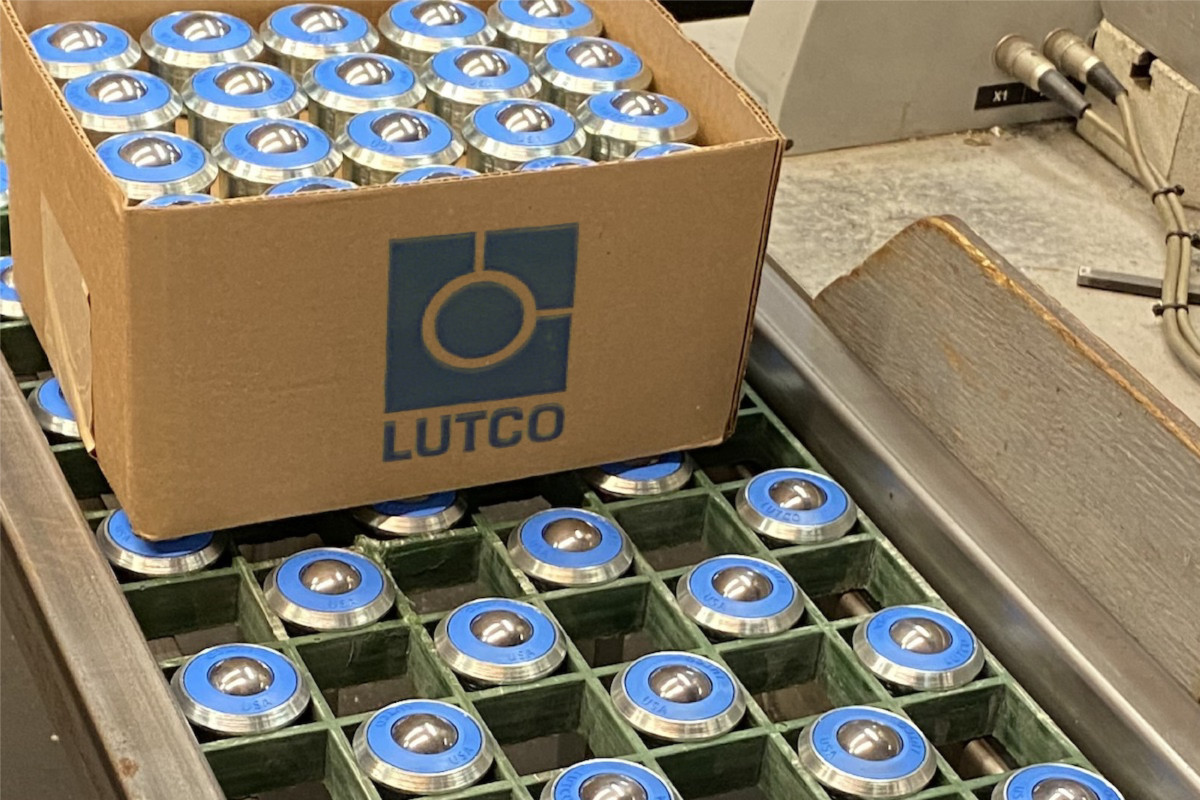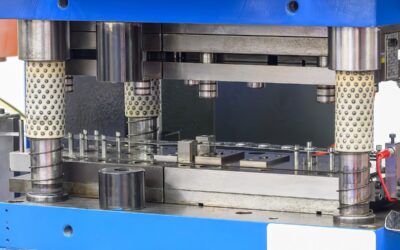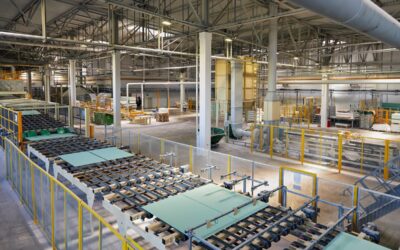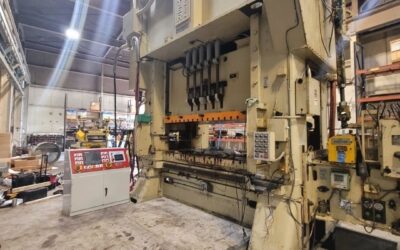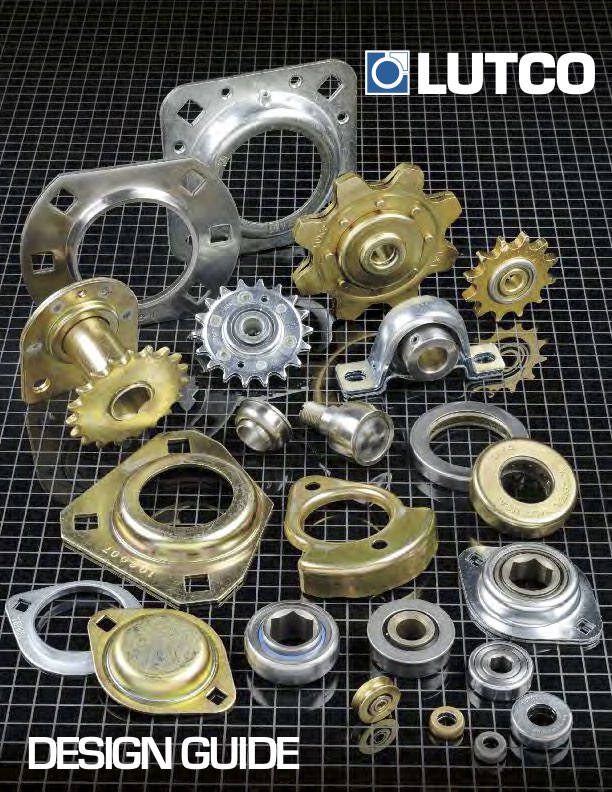What are ball transfers and how do they work?
A ball transfer is a material handling device comprised of a bearing housed in a cup-shaped casing that can be installed in any space where products must be moved from one area to another. When something is pushed across the ball transfer deck, the bearings allow the object to move smoothly in any direction.
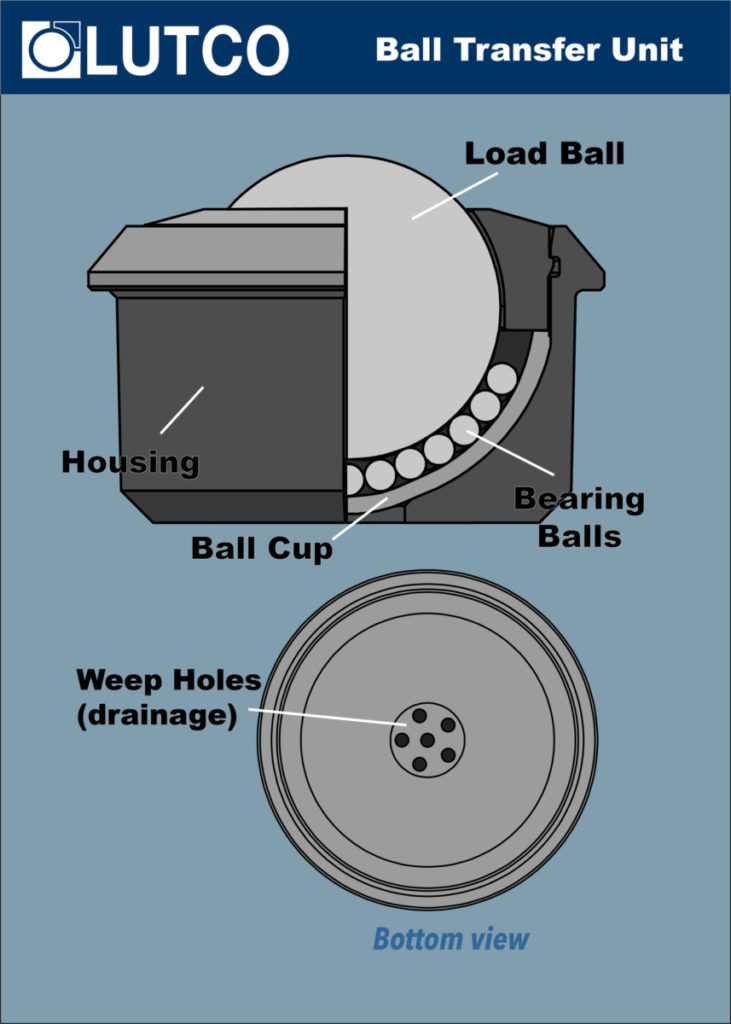
Enabling objects to move smoothly in any direction eliminates the need for manual handling, which can often lead to accidents. It also allows workers to move heavier things with less effort, which can increase productivity. Additionally, ball transfers can help reduce wear and tear on equipment, leading to longer-lasting machines. With just a little ingenuity, one can look beyond typical applications and spot hundreds of potential ways ball transfers can improve efficiency in industrial settings.
How can ball transfers improve efficiency in industrial settings?
Ball transfers improve efficiency in industrial settings by reducing the amount of friction between objects. When there is less friction, objects can move more quickly and easily from one place to another. This can reduce the overall time it takes to complete a task. Since ball transfers are omnidirectional, they can also add versatility to manufacturing operations. While roller bearings and conveyor systems are typically limited to the linear motion of specific objects, ball transfers can accommodate an almost endless range of pathways, weights, and sizes.
What are some benefits of using ball transfers in assembly line applications?
Assembly lines are often long and repetitive. One of the main benefits of using ball transfers in assembly line applications is that they can help to improve efficiency. By reducing the time it takes to move objects from one station to the next, ball transfers can help to speed up the assembly process, leading to increased productivity and reduced costs.
Additionally, ball transfers can help to reduce the risk of errors. By ensuring that objects are accurately oriented and aligned, ball transfers can help ensure that products are correctly assembled, leading to fewer defects and improved quality.
How to choose the right ball transfer for specific needs
Not all ball transfers are the same. It is crucial to select the right ball transfer for the particular material handling needs of an industrial setting.
Some factors to consider:
- The weight and size of the items being transferred
- The environment where the ball transfer will operate
- The volume of traffic passing through the area on a regular basis
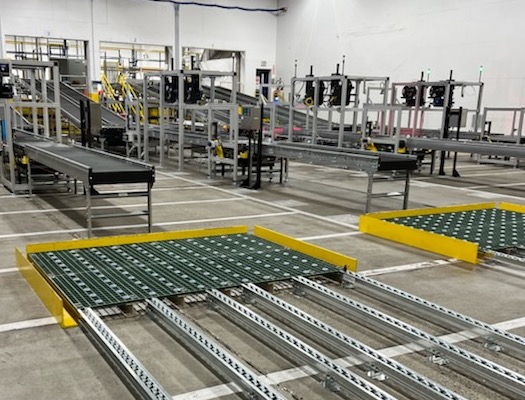
When choosing a ball transfer for an industrial setting, it is important to consider the weight and size of the objects they will support. A heavy-duty ball transfer may be necessary for heavier objects, while a standard ball transfer may be sufficient for lighter objects.
The ball transfers’ operating environment will also influence your selection. Frequent washdown procedures or temperature requirements, for example, ball transfers installed in refrigerated areas, could play a factor in this decision. Finally, the amount of traffic that will pass through the area must be considered. If there is a lot of traffic, a durable ball transfer with a high load capacity may be necessary.
Is my facility a good candidate for a ball transfer upgrade?
Ball transfers are a simple and effective material handling solution that can make a big difference in the workplace. In industrial environments, ball transfers improve efficiency and reduce the risk of errors. By reducing friction and the risk of injuries, they can help to increase productivity and decrease downtime.
There are many factors to consider when choosing a ball transfer for an industrial setting, and it is essential to follow the manufacturer’s instructions carefully when installing them. If you are looking for a way to improve the efficiency of your industrial setting, it’s time to have a conversation with the pros at Lutco to learn how ball transfers can help you.
Lutco's ball transfers: The solution to your material handling woes.
Reducing friction on the production floor?
Now that’s a smooth move.

